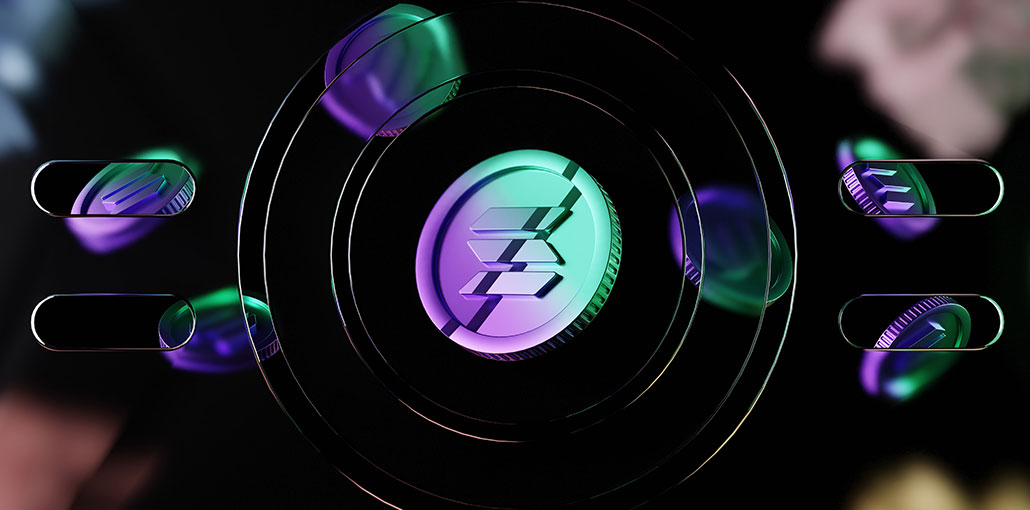Introduction
You probably only know two things about Blockchain if you’re still trying to wrap your brain around it. To begin with, you’re aware that it’s the next big thing and that you should become engaged in some way. Second, you wish you had a better understanding of how it works. If you want to learn more about them for your work, you may start with some excellent online courses from reputable sources. We’ll lay out exactly what it implies and how it works with three analogies.
Concept
Let’s start with the notion and then go on to the parallels. Blockchain is appealing because cryptocurrency adds the capacity to trade value and make payments native to distributed internet technologies, leading to whole new and highly revolutionary business models.
Web1.0 was the initial internet experience, and it served as the primary source of information and search capabilities for browsers like Netscape. Web1 was primarily focused on significant content providers publishing online and user-driven searches.
Web2 brought social networking features as well as opportunities for user-generated content. User data, hence users, became the product, and the majority of the Web2 apps that people utilized were free. As a result, social media and internet behemoths like Google, Facebook, Twitter, Instagram, and YouTube have risen to prominence.
Blockchain and distributed ledger technology use web3. The users regain ownership and control of their data through Web3. It also allows for peer-to-peer value transfers, such as payments, utilizing digital assets like cryptocurrencies and tokens. When certain pre-defined circumstances are satisfied, Web3 allows business logic automation, allowing smart contracts to take action automatically. Automatic and immediate payment for products received in satisfactory condition is one example.
Also read: How is Blockchain Technology Disrupting Leading Industries?
All this comes with a design for security and protection against double-spend of assets, but nothing is secure 100%. Web3 is decentralized so every user must be careful and double-check their actions before doing something. This also opens up new and developing opportunities for startups and established enterprises in supply chains, healthcare, digital identity management, government, and the public sector, among others. Emerging digital asset and cryptocurrency legislation, on the other hand, must develop to enable more significant innovation.
One more thing to remember is the emergence of the entire ecosystem of digital asset/cryptocurrency wallets, exchanges, etc., that enable payments trading, and it’s worth learning about these and the emerging decentralized finance (DeFi) space.
Definition
Blockchain is a peer-to-peer network that uses a public digital ledger to record transactions across numerous decentralized or scattered computers. Transactions are added to blocks. A block is a data or information container. Not a physical one, but a unit of data that can take many different forms. Blockchain employs current cryptographic methods to link new blocks to previous ones.
Blocks are never rewritten or deleted in this manner; instead, they are added to, establishing a chain of blocks, thus the term “blockchain.” This Blockchain is synchronized across all nodes by rewarding the node that can validate the block and then add it to the chain by solving a challenging mathematical challenge.
Chain: The joining of blocks in a network that provides consistency in record-keeping and creating an audit trail.
Different blockchains exist, but the most popular blockchains, such as Bitcoin or Ethereum, are public blockchains. In public blockchains, anyone in the network can see all information within these blocks. Everyone in the blockchain network will be notified if there is an upgrade.
Analogies
Google Docs Analogy
The following comparison, courtesy of William Mougayar, who also writes for Medium, uses Google Docs to describe Blockchain.
Working on a project in Microsoft Word necessitates a lot of back-and-forths. When someone works on a document, the recipient must wait for the author to return the file before making changes or adding comments.
Only the person working on the document or someone sitting nearby watching the author’s work may see the comments, notes, and other modifications.
The only way around this is to peer over the author’s shoulder (which most people would find uncomfortable).
However, with Google Docs, you and anybody else who has been given access to the file may view it and collaborate with whoever is working on it in real-time. Everyone can see it, comment on it, and offer modifications, and everyone can see the revision history. Nobody can deny what’s been seen and entered, and no one can make a change unless everyone notices the difference.
That, my friends, is how Blockchain works. Of course, rather than a shared document, it’s a shared ledger to which all people involved have access. Everyone in the network may verify any changes made inside it.
The Analogy of the Glass Box
In a Medium essay, Fabricio Santos of Cointelegraph used the analogy of a glass box to describe Blockchain. He drew a picture of a bank vault with rows of unidentified boxes. Everyone at the bank can see the contents of each box since it has a glass exterior. They can’t get to it, though.
When individuals open the box, they get a key made exclusively for that box. Now, even though they have a key, the package itself does not belong to the keyholder, but they have access to its contents.
To summarize, a blockchain is like a collection of glass boxes containing material that anybody can see, verify, and update. Everyone is aware of the location of the boxes and what they have. “When someone opens a crypto wallet, it creates a new address on the blockchain, and the private key “unlocks” this address,” Santos continued.
Also read: 13 Best Blockchain Jobs Opportunities for A Bright Future
The Village Analogy
People in a fictitious village are the subject of a third analogy. Although it’s a bit lengthy, here’s the gist:
A village comprised of about ten families would farm, hunt and gather their goods, and trade them. They had a lot of faith in each other. The hunter would let it slip and wait for the rice harvest if the farmer didn’t have any rice to exchange for the hunter’s flesh. However, the people began to make too many pledges, making it difficult to keep track of them.
To keep things fair and honest, the village employed “LedgerMan” to account for all the services traded among the inhabitants. For a time, it worked well, and the locals trusted Ledgerman. However, because it felt like a full-time job, he began collecting a small charge for his scorekeeping. Regrettably, he began to take bribes and even upped his charges unfairly.
The people defeated LedgerMan after much battling and turmoil. They came up with the appropriate substitute while scrambling for answers: everyone would maintain a ledger! It was dubbed the Smart Ledger system.
Throughout the day, villagers from all households would congregate in the village square. They would exchange items at these gatherings, and everyone would keep account of every commitment made in their ledgers.
Each villager read aloud the ledger of the other once a week to check for inconsistencies. The villagers would cross-check all ledgers and choose the most commonly entered record as the correct one.
Blockchain works precisely like the Smart Ledger system, except that the records are stored digitally. While banks, lenders, and institutions use a centralized system that can be easily manipulated and kept away from the public.
Conclusion
Blockchain technology can be explained in many different ways, but these three are just some of the simplest for everyone to understand. If this all sounds interesting to you, you can easily get started with blockchain and cryptocurrencies by opting to get BTC with a cash deposit on CEX.IO.










Leave a comment